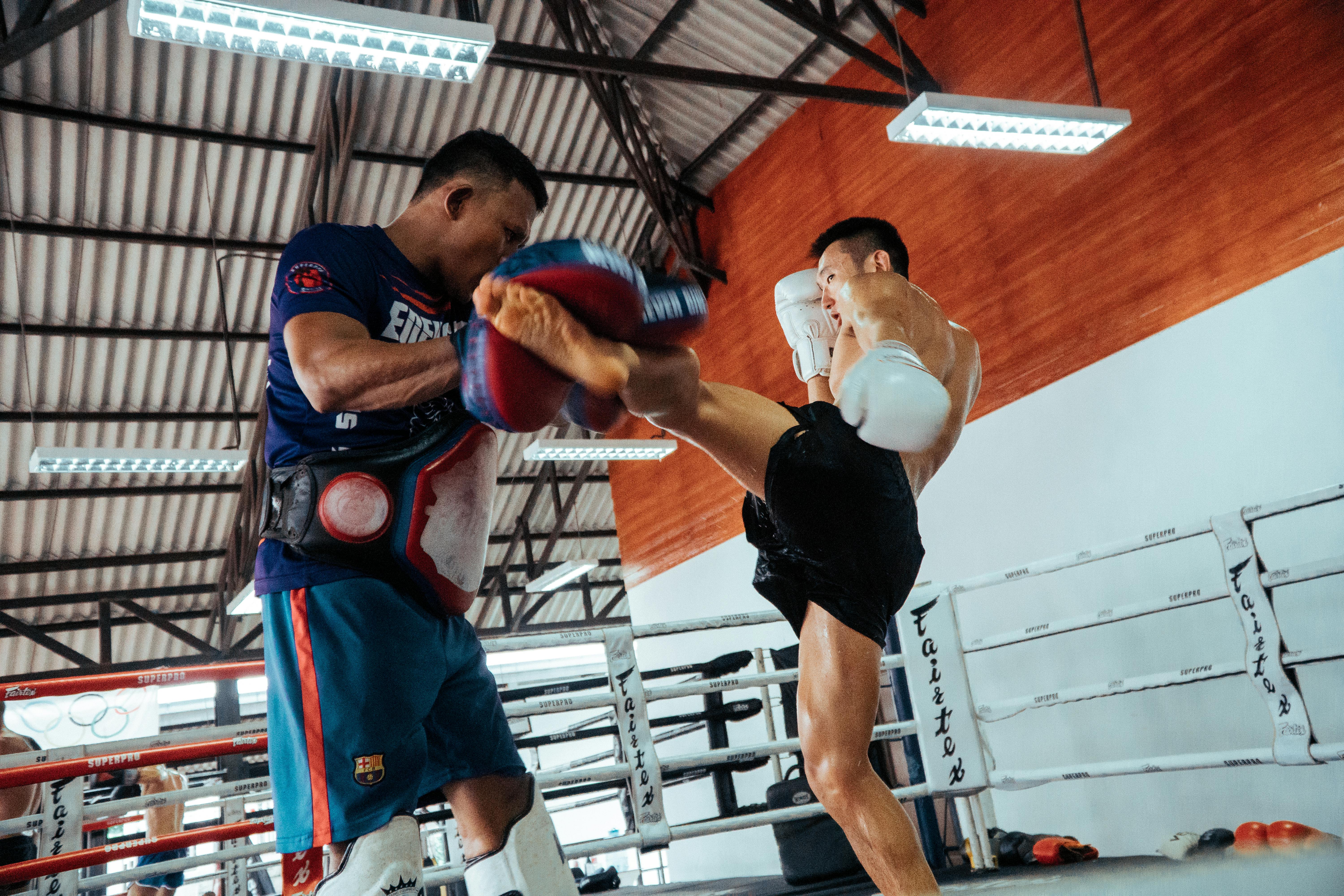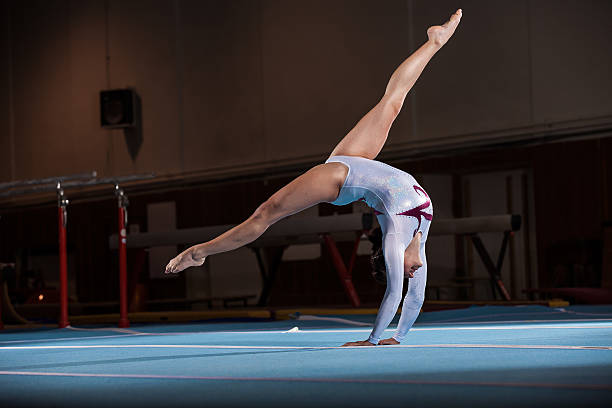Breaking Stereotypes: The Thrilling Rise of Mixed Martial Arts
Introduction: Mixed Martial Arts (MMA) is a thrilling spectacle that has captivated audiences worldwide. It's a unique fusion of combat disciplines, demanding strength, agility, and sheer determination. This article delves into the intriguing world of MMA, from its historical origins to its current prominence in the sports arena.

A Brief History of Mixed Martial Arts
Mixed Martial Arts, as we know it today, is a relatively young sport. Its roots can be traced back to the ancient Olympic Games in 648 BC, where a combat sport called Pankration was introduced. Pankration was a blend of wrestling and boxing that allowed almost all types of attacks, barring a few exceptions.
In the 20th century, the concept of combining different martial arts genres was popularized by Bruce Lee through his philosophy of “Jeet Kune Do.” However, it was not until the 1990s that MMA became a mainstream sport, thanks to organizations like the Ultimate Fighting Championship (UFC).
The Evolution of Mixed Martial Arts
Over the years, MMA has evolved dramatically. Early competitions were characterized by minimal rules and regulations, often resulting in brutal and dangerous encounters. However, as MMA grew in popularity, the necessity for a standardized set of rules became apparent. This led to the creation of the Unified Rules of Mixed Martial Arts, which brought uniformity to the sport.
Today, MMA is a highly regulated sport that emphasizes fighter safety without compromising the thrill and excitement of the fight. It is an intricate blend of striking and grappling techniques drawn from various combat sports and martial arts disciplines.
The Current Landscape of MMA
MMA has become a global phenomenon, attracting a diverse audience. It is a sport that does not discriminate based on gender or size, and fighters are matched based on weight classes to ensure fair competition. Notably, women have made significant strides in MMA, with athletes like Ronda Rousey and Amanda Nunes achieving superstar status.
The sport’s popularity has also led to the emergence of several MMA organizations worldwide, each contributing to the sport’s growth and development. However, the UFC remains the most prestigious, boasting top fighters and hosting high-profile events.
The Science Behind MMA Training
MMA training is a complex process that requires a balance of strength, agility, and endurance. It involves rigorous training regimens, combining high-intensity interval training (HIIT), resistance training, and skills training in various martial arts disciplines. These training methods aim to develop a fighter’s physical attributes while honing their fighting skills.
However, MMA training is not just about physical toughness. It also requires mental fortitude. Fighters must maintain a high level of focus and composure during fights, despite the physical exhaustion and pressure. This mental aspect of MMA is often overlooked but is crucial to a fighter’s success.
Future Trends in MMA
As MMA continues to grow, several trends are shaping the sport’s future. One such trend is the increasing emphasis on fighter safety. While the sport’s violent nature is part of its appeal, organizations are making strides to minimize injuries and ensure the well-being of fighters.
Another trend is the growing popularity of women’s MMA. Women fighters have proven to be just as skilled and entertaining as their male counterparts, leading to increased viewership and interest in women’s MMA.
In conclusion, MMA is a dynamic sport that has broken stereotypes and captivated audiences worldwide. Its unique blend of combat disciplines, rigorous training, and thrilling fights make it an exciting prospect for the future of sports.





